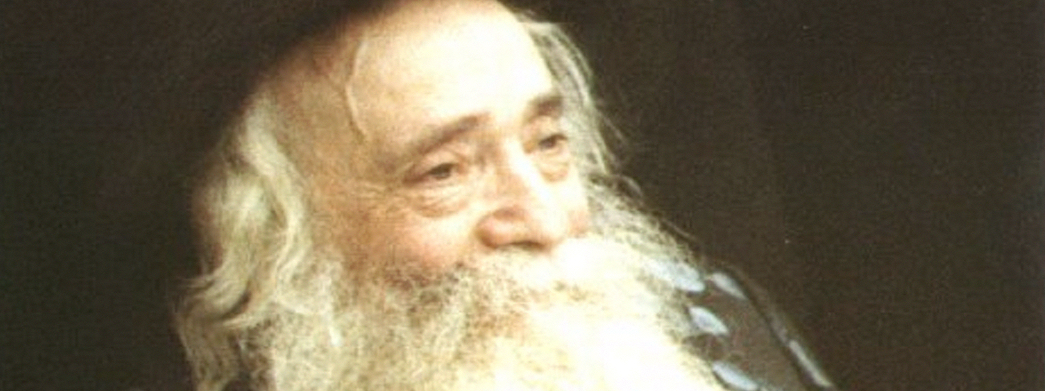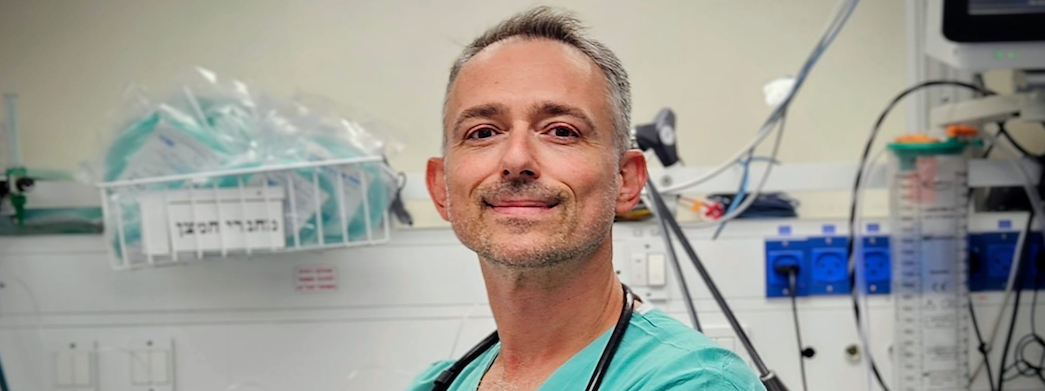- Home
- News and Stories
-
The Klausenberger Rebbe's Yom Kippur 1945: A Beacon of Faith Amidst darkness
The Klausenberger Rebbe's Yom Kippur 1945: A Beacon of Faith Amidst darkness

The Klausenberger Rebbe's Yom Kippur: A Beacon of Faith Amidst darkness
Rabbi Yekusiel Yehudah Halberstam, the revered Klausenberger Rebbe, was a towering figure in the Jewish world, known not only for his profound scholarship but for his indomitable spirit and unwavering faith. His experiences during the Holocaust and immediately afterward serve as a testament to the resilience of the human soul and the unshakable power of faith in the face of unspeakable suffering. One of the most poignant moments in the Rebbe’s life was Yom Kippur in 1945, spent in the DP camp of Föhrenwald. It was a day that would shape his life and the lives of countless others for generations to come.
Yom Kippur in the Shadow of Destruction
By the time Yom Kippur 1945 arrived, Rabbi Halberstam had endured the most horrifying and dehumanizing trials imaginable. Having lost his wife and eleven children to the Nazi regime, he himself survived the brutalities of Auschwitz, Gross-Rosen, Dachau, and other concentration camps. Starvation, forced labor, and endless torture marked his every day. And yet, throughout these darkest hours, the Rebbe held fast to his faith, using every shred of strength to inspire and uplift his fellow prisoners. His message was clear: even in the valley of death, a Jew must never abandon his connection to G‑d.
In those cursed years, Yom Kippur—traditionally the holiest day in the Jewish calendar—became a distant memory for many. Without the synagogue, the Torah scrolls, or even proper food to break the fast, how could one observe the Day of Atonement in such a place? Yet, the Klausenberger Rebbe clung to the essence of the day: teshuvah (repentance), tefillah (prayer), and emunah (faith in G-d). In the camps, he encouraged others to whisper prayers, even if just with their hearts, reminding them that their suffering, while unimaginable, did not sever their connection to the Almighty.
A Rebirth of Hope
In the autumn of 1945, just months after the liberation of the concentration camps, the Jewish survivors found themselves in Displaced Persons (DP) camps, trying to rebuild the shattered remnants of their lives. One such camp was Föhrenwald in Bavaria, where Rabbi Halberstam was among the thousands of Jewish survivors. It was here that Yom Kippur arrived once again, but this time, the Jews could come together not as prisoners, but as free people—though broken, scarred, and grieving.
Despite the enormity of his personal losses, the Klausenberger Rebbe did not allow despair to overtake him. On that Yom Kippur, he gathered the survivors together, leading them in the holiest prayers of the Jewish year. With a voice cracked by suffering but strong in conviction, he implored his fellow survivors to turn their hearts back to G-d and to renew their faith. The DP camps were filled with disillusionment; many questioned how such horrors could have been allowed to happen. But the Rebbe, who had witnessed and suffered more than most, chose hope over despair. He urged the survivors to view their survival as a divine miracle, a sign that their mission on earth was not yet complete.
A Symbol of Strength
Yom Kippur in Föhrenwald was not merely a religious observance but a profound act of defiance. The survivors, led by Rabbi Halberstam, stood before G-d on that sacred day and declared that despite everything, they were still Jews. They were still part of an ancient covenant that no Hitler or Holocaust could erase.
Rabbi Halberstam's Yom Kippur sermon in 1945 was a plea for collective healing and rebuilding. His message was clear: though the physical destruction had been immense, the spiritual essence of the Jewish people remained intact. He urged those present to rebuild their lives, to raise new families, and to reestablish the Torah way of life that the Nazis had sought to obliterate. His own life became a living embodiment of this vision. After the war, the Rebbe remarried and had seven more children, and he went on to establish thriving communities in Israel and the United States, including the renowned Laniado Hospital in Netanya.
The Klausenberger Rebbe’s Yom Kippur in 1945 serves as a powerful reminder
Faith Transcends Suffering
The Klausenberger Rebbe’s Yom Kippur in 1945 serves as a powerful reminder of the resilience of the Jewish spirit and the transformative power of faith. He showed that even when standing amidst the ruins of the Holocaust, Yom Kippur could be a day of connection, renewal, and hope. Through his leadership and unshakeable emunah, Rabbi Halberstam inspired his fellow survivors to look forward, to rebuild, and to remember that they were not merely victims of history but participants in a divine plan far greater than any human comprehension.
On that day in Föhrenwald, the Klausenberger Rebbe helped his fellow survivors understand that while they could not change the horrors they had endured, they could shape their future. Through faith, they could find the strength to carry on, to build again, and to sanctify G-d’s name with every breath.
May the memory of Rabbi Halberstam's Yom Kippur in 1945 continue to shine as a beacon of hope, faith, and peace, inspiring and uplifting your Yom Kippur in 2024.
Other News

Why We Built the New Sheltered Maternity Unit

A Miracle in Netanya: Little Noya Begins Kindergarten After Near-Drowning

Laniado Appoints ER Director as Construction Begins on Sheltered Emergency Hospital



